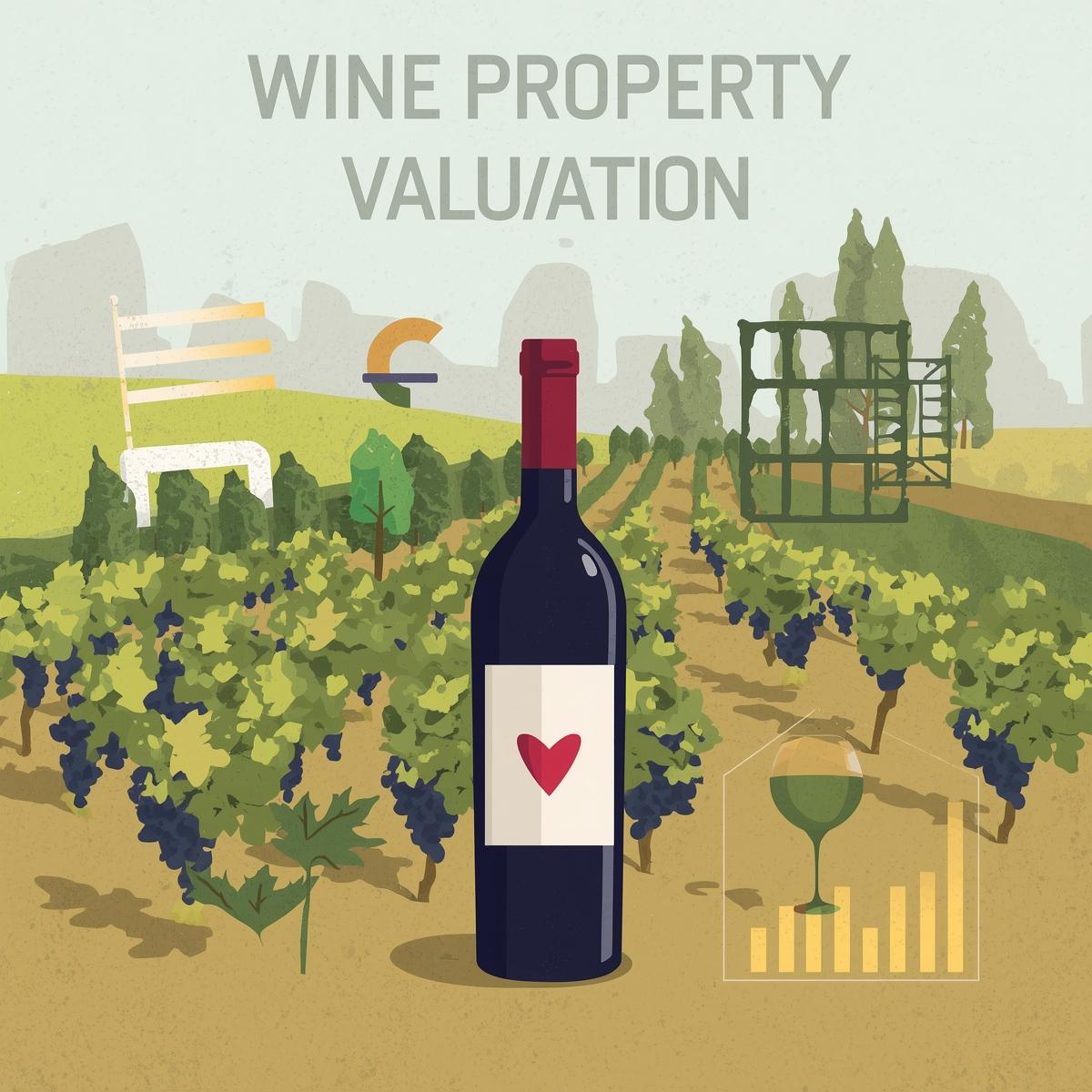📉🍇 Valuing a Wine Estate The new landscape of the wine estate transaction market

The market for wine estates is now more demanding and selective than ever.
Buyers are taking longer to make decisions, financing is under closer scrutiny, and every transaction now requires an objective assessment of the property’s true value.
🍇 Valuation methods: between theory and market reality
When a wine estate is put up for sale, land and property experts typically rely on two main regulatory valuation methods:
- Asset-by-asset valuation
Each component of the estate is assessed separately: land, buildings, equipment, business goodwill, and potential stock. - Comparative method
This approach studies recent transactions of similar properties to establish reference values.
However, in today’s market adjustment phase, the comparative method is losing relevance.
Past transactions no longer accurately reflect the current economic reality.
👉 This is why the asset-by-asset valuation method is now emerging as the preferred approach to determine a fair and defensible value.
📉 Marked adjustments across regions and appellations
The decline in the wine estate property market is significant in many so-called “generic” regions.
Reference values from previous years can no longer be applied as-is.
- The average drop in vineyard land value is estimated at –1% (between 2024 and 2025), though some appellations have seen adjustments of up to –25%, as confirmed by the annual SAFER reports.
- Farm buildings have also seen a notable decrease, with an average of –18.9% observed in Aquitaine and Languedoc-Roussillon. The steepest declines are seen in Cognac.
- Conversely, some regions remain resilient — notably Burgundy, Champagne, and, to a lesser extent, the northern Rhône Valley.
👉 In this diverse context, consulting a wine real estate expert is essential to obtain an accurate and up-to-date valuation of your property.
📊 Positioning from the outset: a decisive factor
Forecasts do not indicate a price rebound in 2026.
It is therefore crucial to set the right price from the start when listing a property.
Many estates remain on the market for years — particularly those with generic vineyards or purely functional buildings.
In such cases, pricing realism is key: sales only happen when the asking price aligns with the market’s true value.
🤝 Get support from regional experts
Each wine region has its own dynamics, specificities, and value benchmarks.
That’s why it’s vital to be supported by a network of specialized experts with in-depth knowledge of local markets and appellation characteristics.
At Vinea Transaction, our regional teams provide:
- A fair and up-to-date valuation of your estate,
- A coherent pricing strategy from the outset,
- And full support until the transaction is finalized.
Would you like to know the current market value of your wine estate?
👉 Contact Vinea Transaction today and benefit from the recognized expertise of our regional specialists.
The Vinea Transaction team 🍷✨
